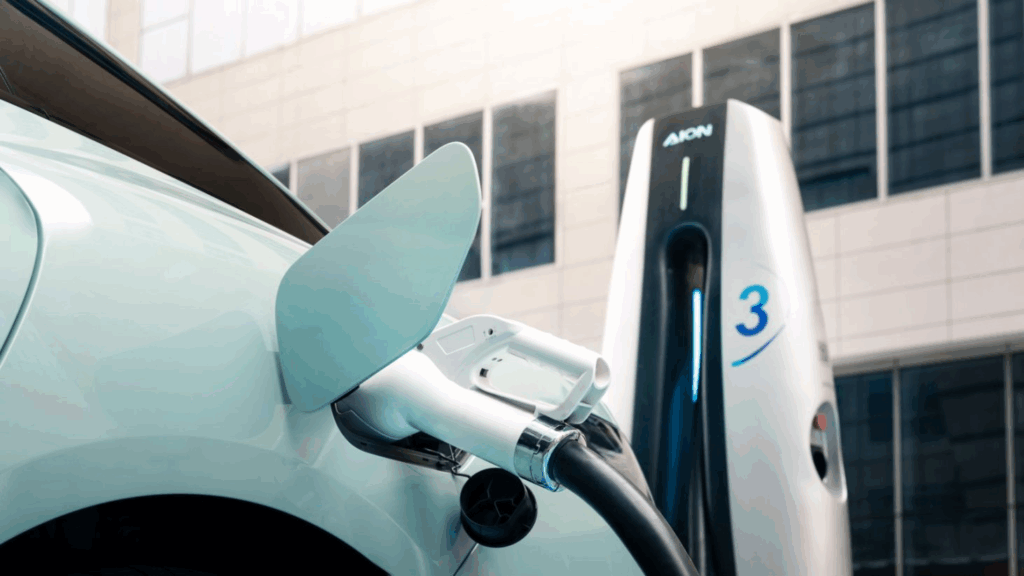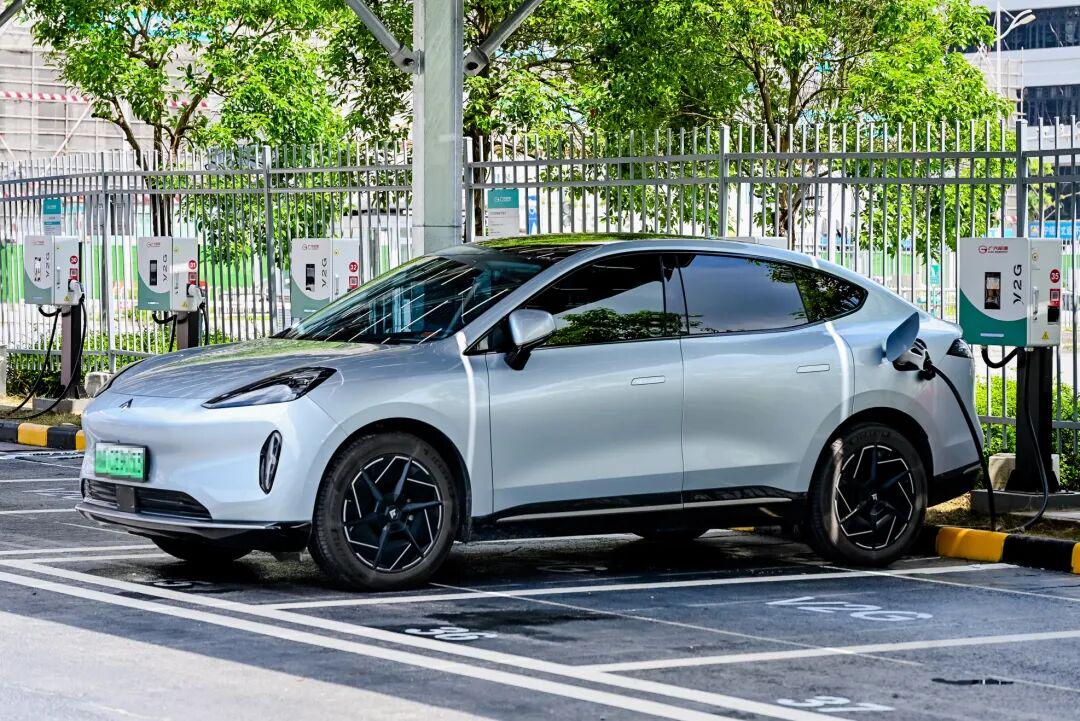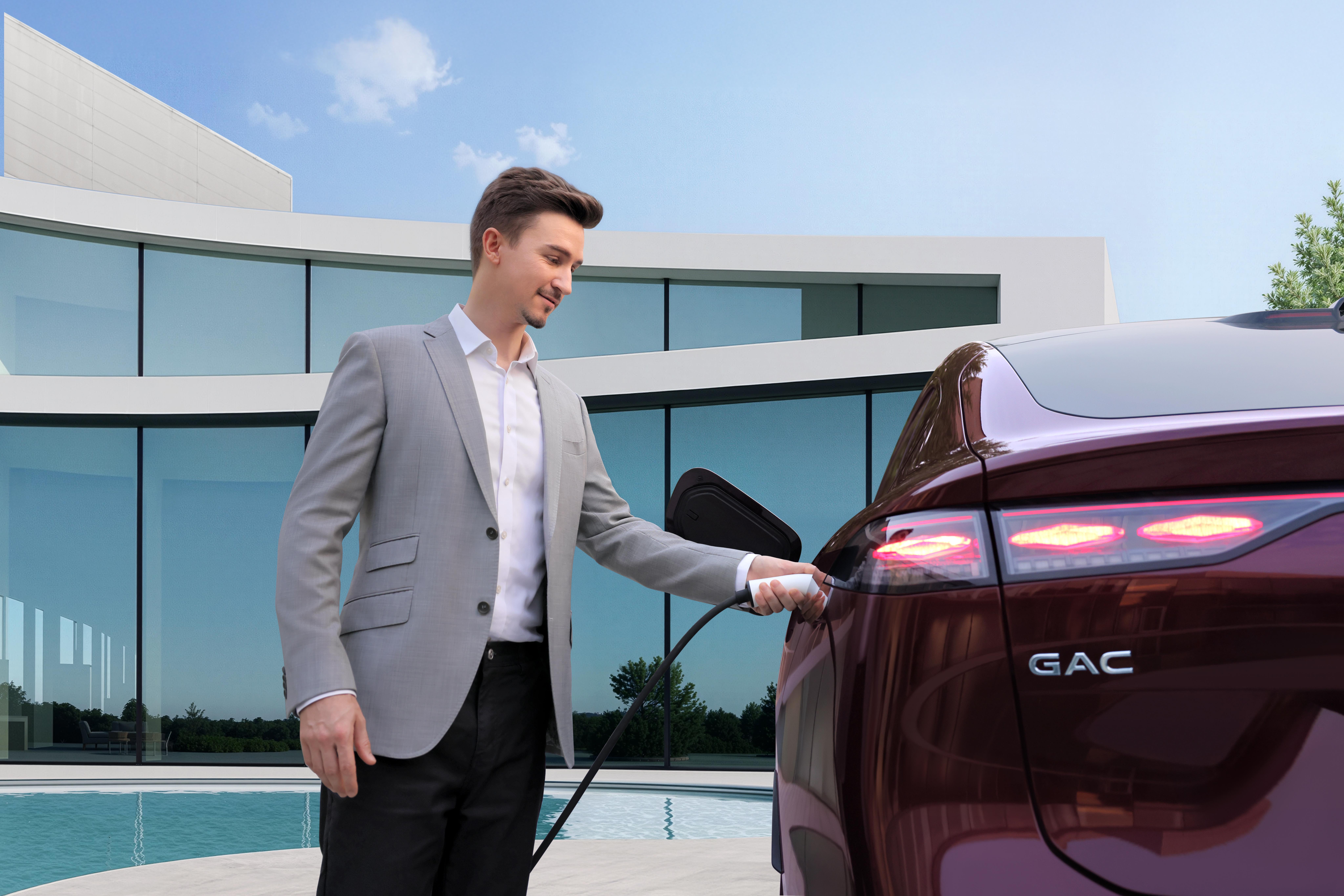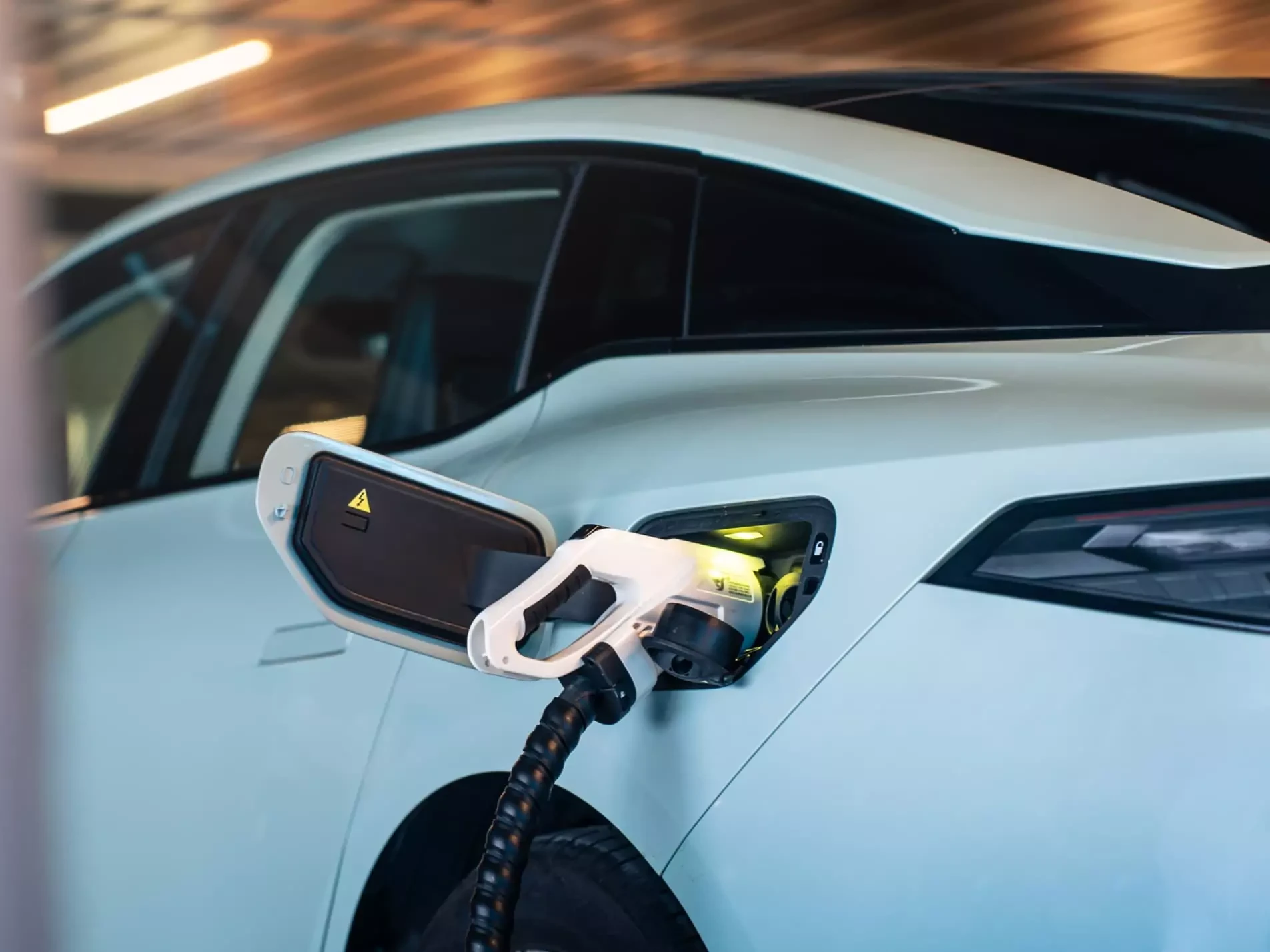A decade ago, in 2015, the number of EV charging points in Europe was around 67,000. Back then, EVs could only go as far as chargers allowed, bringing range anxiety and EV mistrust. And, different plug types, varying payment systems, and non-uniform service models across countries added friction and uncertainty.
Yet publicly accessible charging has evolved from a luxury to a necessity in 2025. In July, the European Union (EU) had reached 1 million publicly accessible charging points according to the European Alternative Fuels Observatory (EAFO). That’s a huge leap from a decade ago, about 15× growth.
EV charging infrastructure is now becoming the backbone of Europe’s electric transition. But what has changed to make such an expansion and give it such importance?

How the European EV Charging Infrastructure Landscape Began?
The story of Europe’s EV charging network started quietly in the early 2010s. Back then, electric vehicles were still a rare sight — more curiosity than commitment. A few pioneering cities like Amsterdam, Oslo, and London began experimenting with pilot charging stations, often tucked away in parking lots or beside government buildings. These first chargers were symbols of a new idea taking root: that cars could run not on petrol, but on electrons.
Still, progress was slow. Most of these early chargers were low-power AC units, taking hours to fill a battery. Drivers had to plan carefully — charging overnight or during long stops — because fast charging was almost non-existent. Each country had its own systems, plugs, and payment methods. What worked in Norway might not work in France. Crossing a border in an EV felt like crossing into a different ecosystem.
To give this movement direction, governments began to act to push the EV charging infrastructure forward.
|
Things You Should Know in the Early Stage:
|
Maturity and Current Challenges of Europe’s EV Charging Infrastructure
The seeds planted a decade ago have now grown into a continent-wide transformation of EV charging infrastructure.
1. 3 Figures of Current Growth of EV Charging Infrastructure
- 15 Times: As mentioned above, in 2025, the EV charging network expanded by more than 15 times compared to 2015.
- 41% Growth: Compared to the same time in 2024, there is a significant 41% growth in DC fast charging infrastructure in Europe by the end of Q2 2025
- 29.3 % CAGR: Market projections show the charging-station market in Europe growing at around 29.3 % CAGR from 2025 to 2034.

2. Standardisation Progress of EV Charging Infrastructure
The maturity of Europe’s EV charging network is also reflected in technical standards and user experience that are finally catching up with the pace of expansion.
-
Plugs for Charging
Introduced in Directive 2014/94/EU, the Type 2 connector is Europe’s standard AC plug, mainly used for slowing to medium charging at homes, workplaces, and public stations up to 22 kW.
But to meet fast-charging demands, the Regulation (EU) 2023/1804 (AFIR), also known as the Alternative Fuels Infrastructure Regulation, was adopted. It extends EU standardization to include CCS2 (Combined Charging System Type 2) as the standard for DC charging, enabling both AC and ultra-fast DC charging—making it Europe’s unified plug for high-speed public chargers.
Alongside this, roaming platforms such as Hubject and Gireve have created a Europe-wide charging ecosystem, enabling drivers to use a single account or card across multiple networks and borders. Meanwhile, the adoption of ISO 15118 “Plug & Charge” communication protocol is simplifying payments, allowing vehicles to authenticate and pay automatically once plugged in, without apps or RFID cards. Together, these advances have transformed the charging experience from a patchwork of local systems into a unified, user-friendly EV infrastructure — one that finally matches the maturity of Europe’s fast-growing EV market.
-
Digital Interoperability
Alongside plug standardization, Europe also advanced in digital interoperability through what’s known as roaming platforms. These systems connect different charging networks and operators, allowing EV drivers to use a single account or membership to access multiple charging providers — much like mobile phone roaming across carriers.
Leading platforms such as Hubject and Gireve built the backbone of this cross-network access, linking thousands of charging point operators and mobility service providers across Europe.
|
Real-World Scale: Gireve, one of Europe’s leading roaming hubs, connected around 100,000 charging points in 2020, but by 2025 that number had surged to more than 655,000, marking a 6.5-fold increase in five years. This rapid growth mirrors the broader trend of Europe’s public EV charging infrastructure that the continent’s progress is not just about building more chargers but about making them universally accessible through interoperable digital platforms. |
-
The Challenges Beneath the Progress
Still, Europe’s network — vast as it is — faces critical bottlenecks.
Uneven Distribution: About 60% of all chargers are concentrated in just three countries — the Netherlands, France, and Germany — leaving other European countries underserved.
Grid Strain: High-power chargers demand stronger local grids, often delayed by slow permitting and costly upgrades.
Business Viability: Many rural and urban chargers operate below break-even usage rates, posing long-term sustainability risks.
Future Directions and Innovations in EV Charging Infrastructure
As Europe’s EV charging network reaches scale, the next wave of innovation will determine how seamlessly EVs integrate into daily life and how deeply they embed into the energy system.
1. Smart Charging & V2G
Tomorrow’s EV infrastructure not only draws power, but it’ll also interact with the grid. Vehicle-to-Grid (V2G) technologies let EVs discharge energy back to the grid at peak times, turning parked cars into mobile storage assets. And with AI-driven energy-management systems, V2G capability will also optimise load balancing across fleets of chargers, ensuring that fast-charging hubs don’t overwhelm local distribution networks while still meeting peak demand.

*The HYPTEC HT is discharging using a V2G charger.
2. Renewable Integration
The ultimate goal is for EV charging in Europe to run on clean energy. EV Charging stations in Europe will increasingly link directly to on-site solar or wind generation or draw from renewable-rich supply via smart contracts. Combined with storage, this setup will reduce reliance on fossil‐fired electricity and lower overall emissions of EV fleets.
3. The Framework to Achieve in 2050
At the heart of Europe’s strategy, the “Fit for 55” package sets a legally binding goal to cut greenhouse gas emissions by at least 55% by 2030, paving the way toward net-zero by 2050. Achieving this requires a deeper electrification of transport, backed by a dense and reliable EV charging infrastructure in Europe.
Within this framework, the Alternative Fuels Infrastructure Regulation (AFIR) becomes a cornerstone policy. Effective from 2024, AFIR:
- Mandates the installation of 150 kW fast chargers every 60 km along the EU’s Trans-European Transport Network (TEN-T) highways
- Obliges each member state to maintain at least 1.3 kW of public charging capacity per registered battery-electric vehicle.
- Enforces transparent pricing, card payment options, and real-time data accessibility, ensuring that drivers across Europe can charge with the same simplicity as refuelling a patrol car.
4. Digitalisation
Digitalisation ties everything together. Cloud-based management, predictive maintenance, and data analytics are making networks more reliable and efficient. Operators can monitor charger performance, forecast energy usage, and detect faults before they occur, while users benefit from accurate availability data and smarter route planning.
Looking ahead, Europe’s EV charging ecosystem will evolve beyond convenience into a strategic pillar of the energy transition. Under the Fit for 55 framework and the 2050 climate-neutrality vision, the roles of EV charging stations would surpass the original one: power cars. They will connect renewable energy, smart grids, and everyday mobility into one intelligent, low-carbon system.
GAC’s Innovations Driving Europe Toward a Sustainable EV Future
As Europe accelerates toward its 2030 and 2050 climate goals, the success of electrification depends not only on EV charging infrastructure and policy but also on automotive technologies that make EVs faster to charge, more efficient to drive, and easier to integrate into smart energy systems.
At GAC Europe, through our AION and HYPTEC series, we introduce advanced charging and battery technologies designed to align with Europe’s sustainability visions — combining high efficiency, intelligent energy management, and reduced environmental impact.
Wide Compatibility and Ultra-Fast Charging — AION V
Charging speed remains a key enabler of EV adoption, and GAC’s AION V demonstrates how next-generation architecture can ease range anxiety and strengthen infrastructure efficiency. Built on a 400 V platform, this AION’s auto supports wide charging compatibility, allowing it to connect with a variety of charging systems across Europe. Its advanced power management system enables the vehicle to top up 330 km of range in just 15 minutes, bringing refuelling convenience closer to that of conventional petrol cars.
This fast-charging capability not only benefits drivers but also complements Europe’s shift toward high-power charging corridors mandated under the AFIR regulation.
GEP 2.0 Pure Electric Platform — AION Y
At the core of GAC’s technological progress is the GEP 2.0 pure electric platform, featured on the AION Y. Designed exclusively for electric mobility, this platform offers instant 100 kW power response, providing superior acceleration and precise handling compared to traditional fuel vehicles.
Its integrated layout improves space efficiency while reducing weight and energy loss — a combination that directly supports the EU’s goals for lower vehicle energy consumption and carbon reduction.
Energy Efficiency Through Low Power Consumption — HYPTEC HT
Sustainability is equally about efficiency, and the HYPTEC HT leads in reducing power consumption without compromising performance. Equipped with a 180–250 kW rear-mounted high-performance motor, HYPTEC HT achieves an electric drive efficiency of ≥ 88.5%, marking a significant leap in power conversion.

This advanced system reduces overall energy loss, extends driving range, and minimises grid demand per kilometre — a critical advantage as Europe moves toward a smarter, balanced charging network powered by renewables.
Together, these innovations reflect GAC Europe’s commitment to enabling a cleaner, faster, and more efficient electric future. By combining fast charging, dedicated EV platforms, and ultra-efficient drive systems, GAC’s technologies not only enhance the driving experience but also help European countries advance toward a truly sustainable, carbon-neutral mobility ecosystem.


